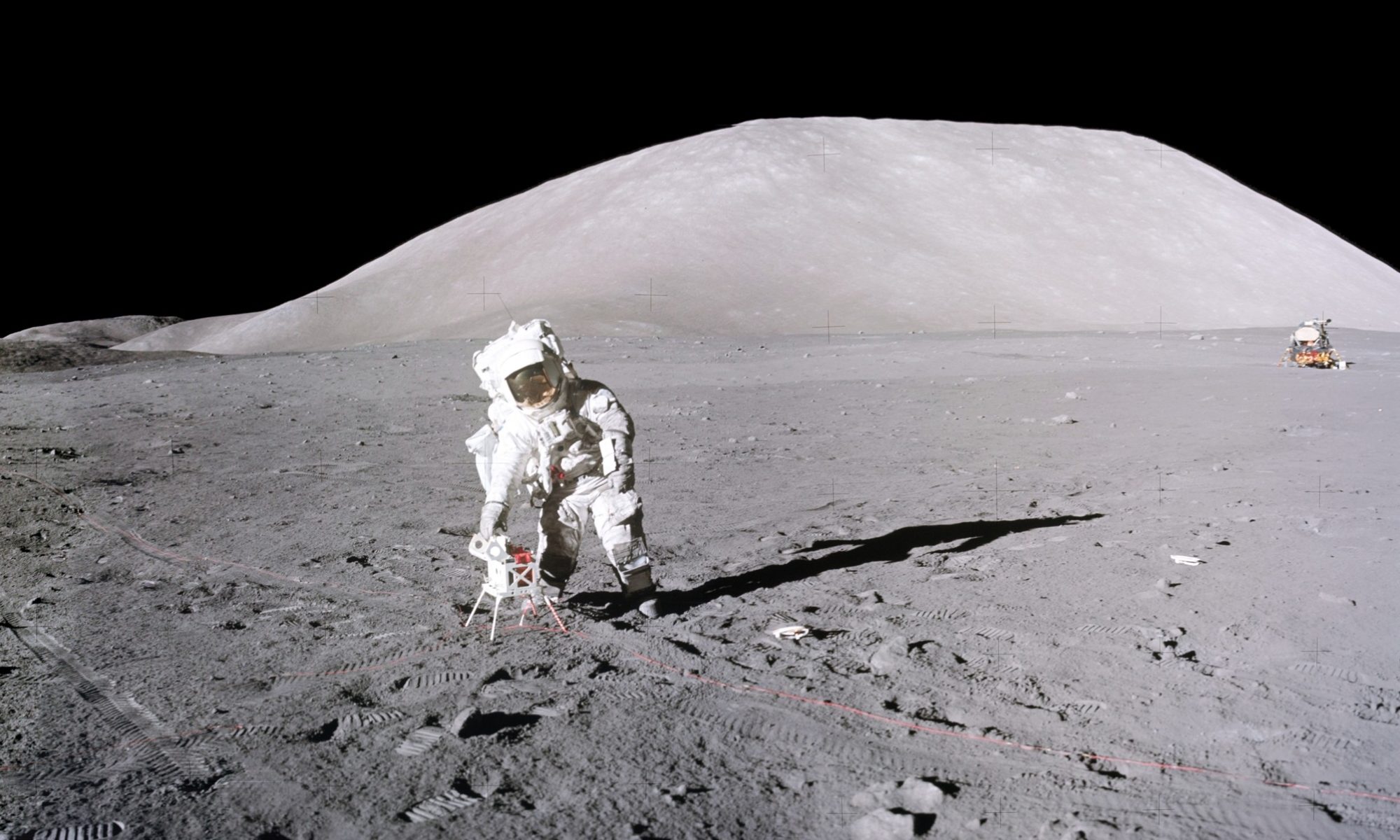 Apollo 11 Command Module Pilot Michael Collins training with flight documents in the Command Module Simulator #2 at the Kennedy Space Center, 1969. (NASA photo S69-38202).
Apollo 11 Command Module Pilot Michael Collins training with flight documents in the Command Module Simulator #2 at the Kennedy Space Center, 1969. (NASA photo S69-38202).
Mike Collins presented a kind, generous and friendly spirit to all who knew him. He encompassed a spectrum of talents rarely if ever found in one human being. Mike showed these extraordinary traits and abilities first and foremost as a dedicated husband and father and in the service to his country. He served as an Air Force fighter pilot and test pilot, the astronaut who flew Armstrong and Aldrin into lunar orbit for their landing at Tranquillity Base, the first Director of the National Air and Space Museum (built on time and on budget), and a Vice-President of LTV Aerospace.
Among those written by veterans of Apollo, Mike’s book, Carrying the Fire, is one of the best, if not the best, personal account of an individual’s role in that unique and historic era. His book also honors the roles of over 400,000 Americans that met John Kennedy’s Cold War challenge of “landing a man on the Moon and returning him safely to the Earth.” As Mike said in his September 16, 1969 address to a joint session of Congress, “We have taken to the Moon the wealth of this nation, the vision of its political leaders, the intelligence of its scientists, the dedication of its engineers, the careful craftsmanship of its workers, and the enthusiastic support of its people”. It would be difficult to encapsulate Apollo any better than this.
I first interacted closely with Mike on the astronaut’s handball and squash courts. We had quite competitive squash matches, as I had played a lot in graduate school, but I was totally out of Mike’s league when it came to handball. I firmly believe that he could have been nationally ranked, if the Apollo program had not been all consuming.
Our contacts increased when he was selected to be the Command Module Pilot on Apollo 11, joining Commander Neil Armstrong and Lunar Module Pilot Buzz Aldrin. Mike had originally been designated as Command Module Pilot for the second earth-orbit test of the Lunar Module (“Apollo 9”), but for temporary medical reasons, Mike had to leave the Apollo 9 crew in July of 1968 and was replaced by Jim Lovell. That crew, commanded by Frank Borman, with Bill Anders as Lunar Module Pilot, became the historic Apollo 8 mission that orbited the Moon in December of that year.
 Apollo 11 crew photograph, Neil Armstrong, Michael Collins, and Buzz Aldrin. (NASA photo S69-31739).
Apollo 11 crew photograph, Neil Armstrong, Michael Collins, and Buzz Aldrin. (NASA photo S69-31739).
In support of Mike’s responsibilities on Apollo 11, my role was primarily related to lunar surface feature recognition. For this training, I persuaded my former colleagues and lunar scientists from the United States Geological Survey to assist in providing illustrated evening sessions in the crew quarters at the Kennedy Space Center. As usual, Mike took the training to heart and repeatedly asked penetrating questions that the geologists found challenging. In addition, Mike wanted to be sure that he fully mastered a technique for lunar landmark tracking as a means of better defining the orbital parameters of the Command Module. Jim Lovell and I had developed this procedure in the simulators, and Jim perfected it on Apollo 8,
During this period, I had the great pleasure of meeting Pat, Mike’s gracious wife. Pat and I discovered that a geologist from Boston College whom I knew during my graduate school days in Cambridge, Massachusetts, Father James Skehan, was a close relative of hers. Fellow students knew Father Skehan as the geologist who mapped the rock strata in tunnels being dug to bring water into Boston from New Hampshire.
With retirement from the Astronaut Corps after Apollo 11, Mike left the pool of potential lunar mission commanders with whom I might have flown on Apollo 17. Mike, however, wanted to move on to other endeavors, particularly to spend more time with his family rather than another three years in planes, simulators and motels. An alternate scenario of events and crew selections by our boss, Deke Slayton, might have eventually made Mike the Commander of Apollo 17 to which I was assigned in August 1971. There is no way of knowing if that might have happened, but exploring the Moon with Mike Collins and his dedication and intellect would have been a remarkable experience.
 Apollo 11 Command Module Pilot Michael Collins and Apollo 17 Lunar Module Pilot Harrison H. Schmitt at the Buzz Aldrin’s Share Space Foundation Gala, Saturn V Center, Kennedy Space Center, July 2017. (Photo courtesy of T. A. Fitzgibbon)
Apollo 11 Command Module Pilot Michael Collins and Apollo 17 Lunar Module Pilot Harrison H. Schmitt at the Buzz Aldrin’s Share Space Foundation Gala, Saturn V Center, Kennedy Space Center, July 2017. (Photo courtesy of T. A. Fitzgibbon)
 Mike with his two daughters Ann (left) and Kate (right) in front of his Apollo 11 Command Module at the National Air and Space Museum on June 14, 2016 (Photo by Eric Long, Smithsonian National Air and Space Museum (NASM2016-02541)).
Mike with his two daughters Ann (left) and Kate (right) in front of his Apollo 11 Command Module at the National Air and Space Museum on June 14, 2016 (Photo by Eric Long, Smithsonian National Air and Space Museum (NASM2016-02541)).
Teresa and I extend our heartfelt sympathies to Mike’s daughters, Kate and Ann. Their father was the best colleague that an astronaut could wish for.
Copyright © by Harrison H. Schmitt, 2021, All rights reserved.
